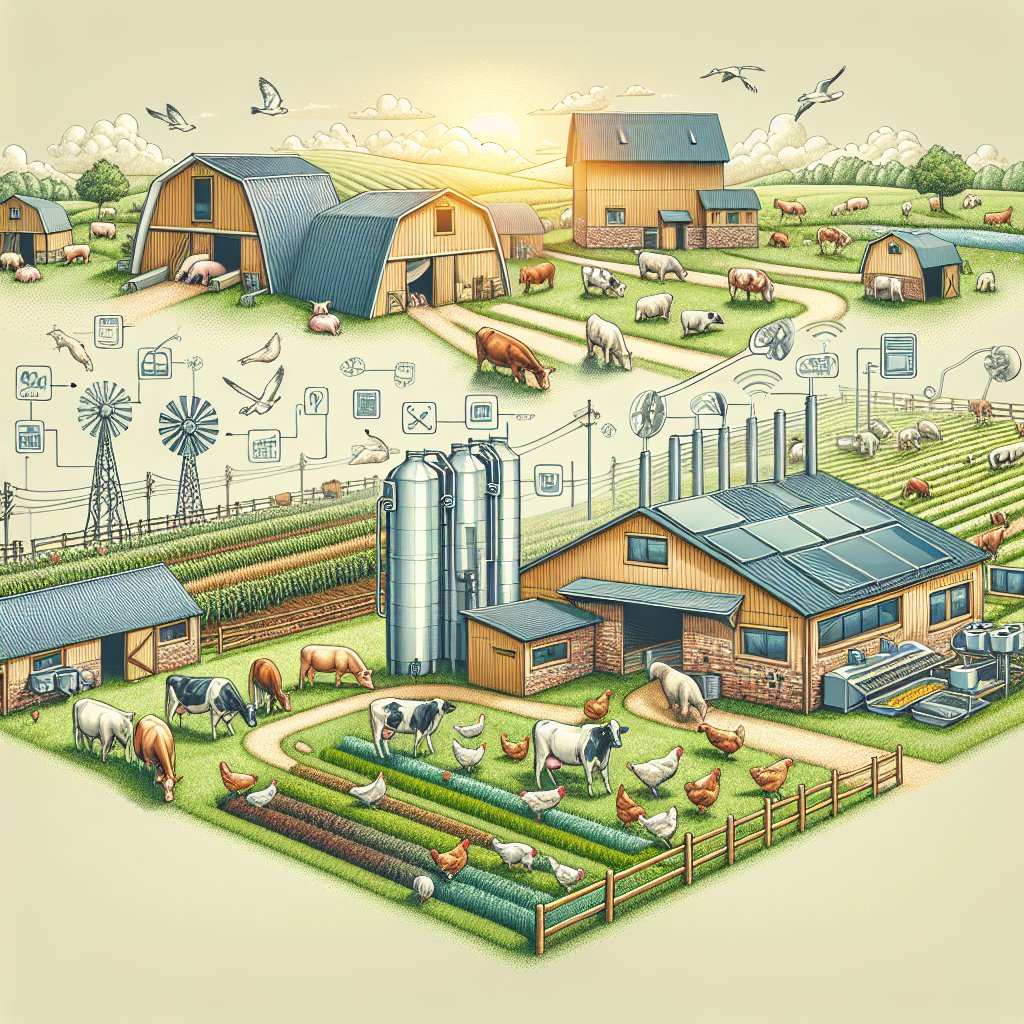The rise of community-supported agriculture (CSA) has transformed the way consumers connect with their food sources, fostering a sense of community and sustainability. This innovative model not only supports local farmers but also encourages consumers to engage more deeply with the agricultural process. As the demand for fresh, organic produce continues to grow, CSAs have emerged as a viable solution to bridge the gap between producers and consumers, promoting healthier eating habits and environmental stewardship.
Understanding Community-Supported Agriculture
Community-supported agriculture (CSA) is a system that connects consumers directly with local farmers, allowing them to purchase shares of the farm’s harvest in advance. This model has gained popularity over the past few decades, particularly as awareness of the benefits of local and sustainable food systems has increased. In a typical CSA arrangement, members pay a fee at the beginning of the growing season, which helps farmers cover the costs of planting, growing, and harvesting their crops. In return, members receive a regular supply of fresh produce throughout the season, often delivered directly to their homes or available for pick-up at designated locations.
The Benefits of CSA for Farmers
For farmers, the CSA model offers several significant advantages:
- Financial Stability: By receiving payment upfront, farmers can secure the necessary funds to invest in seeds, equipment, and labor without the uncertainty of market fluctuations.
- Community Engagement: CSAs foster a strong sense of community, allowing farmers to build relationships with their customers and receive direct feedback on their products.
- Diverse Crop Production: With a committed customer base, farmers can experiment with a wider variety of crops, knowing they have a guaranteed market for their produce.
- Reduced Marketing Costs: Farmers can save time and resources on marketing and distribution, as the CSA model simplifies the process of getting food to consumers.
The Benefits of CSA for Consumers
Consumers also reap numerous benefits from participating in a CSA:
- Access to Fresh, Local Produce: Members receive seasonal fruits and vegetables that are often harvested just hours before delivery, ensuring maximum freshness and flavor.
- Support for Local Economies: By purchasing from local farmers, consumers contribute to the sustainability of their community’s economy and help preserve local farmland.
- Increased Awareness of Food Sources: CSA members often gain a deeper understanding of where their food comes from, fostering a greater appreciation for agricultural practices and seasonal eating.
- Healthier Eating Habits: With a regular supply of fresh produce, consumers are more likely to incorporate fruits and vegetables into their diets, promoting overall health and well-being.
The Growth of CSA Programs
The growth of CSA programs can be attributed to several factors, including increased consumer interest in organic and locally sourced foods, a desire for transparency in food production, and a growing awareness of the environmental impact of industrial agriculture. As more people seek to reduce their carbon footprint and support sustainable practices, CSAs have become an attractive option for many households.
Challenges Faced by CSA Programs
Despite their many benefits, CSA programs are not without challenges:
- Seasonal Limitations: The availability of produce is limited to the growing season, which can lead to periods of scarcity or an overabundance of certain crops.
- Commitment Required: Consumers must commit to purchasing a share for the entire season, which may deter those who are unsure about their ability to consume the amount of produce provided.
- Variety and Preferences: Members may receive items they are unfamiliar with or do not enjoy, leading to potential food waste if they do not know how to prepare or use certain vegetables.
Innovative Solutions to Overcome Challenges
To address these challenges, many CSA programs have implemented innovative solutions:
- Flexible Share Options: Some CSAs offer customizable shares, allowing members to choose the types and quantities of produce they receive each week.
- Educational Resources: Many programs provide recipes, cooking tips, and information about the nutritional benefits of the produce, helping members make the most of their shares.
- Collaboration with Other Farmers: Some CSAs partner with other local farms to offer a wider variety of products, including dairy, meat, and grains, creating a more comprehensive food source for members.
The Future of Community-Supported Agriculture
As the demand for sustainable food systems continues to rise, the future of community-supported agriculture looks promising. With increasing awareness of the environmental and health benefits of local food systems, more consumers are likely to seek out CSA programs as a viable alternative to conventional grocery shopping.
Technological Advancements
Technology is also playing a significant role in the evolution of CSAs. Online platforms and mobile applications are making it easier for consumers to find and join local CSA programs, while farmers can use technology to streamline their operations and improve communication with members. For instance, some CSAs now offer online ordering systems, allowing members to select their produce and manage their subscriptions with ease.
Community Engagement and Education
Furthermore, community engagement and education will be crucial in the growth of CSA programs. By hosting farm tours, workshops, and events, farmers can foster a deeper connection with their members and educate them about sustainable practices, seasonal eating, and the importance of supporting local agriculture. This not only enhances the CSA experience but also empowers consumers to make informed choices about their food.
Conclusion
The rise of community-supported agriculture represents a significant shift in the way we think about food production and consumption. By fostering direct connections between farmers and consumers, CSAs promote sustainability, support local economies, and encourage healthier eating habits. As this model continues to grow and evolve, it holds the potential to reshape our food systems for the better, creating a more resilient and interconnected community.




